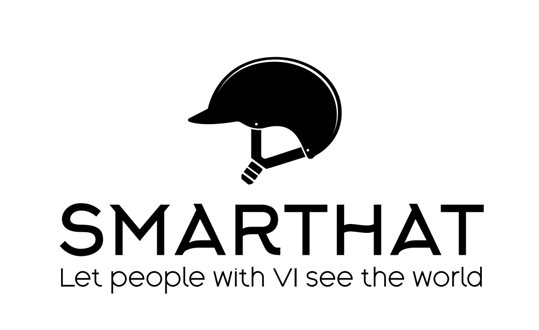
SmartHat is a revolutionary assistive technology developed to empower visually impaired individuals, particularly in indoor settings where traditional aids often fall short. Unlike most single-purpose devices, SmartHat integrates multiple functionalities—navigation, object and text recognition, and obstacle detection—into a compact, wearable smart hat.

Sumaya Al Maadeed
Professor, Dept. of CSE, Qatar University, Qatar
Winner of:
Mada Innovation Award 2023
Supported Innovations:
This multifunctional approach addresses a broad range of challenges faced by people with visual impairments, significantly enhancing their independence, mobility, and confidence in navigating everyday indoor environments.
At the core of SmartHat’s innovation is its efficient and user-friendly design. The device incorporates a lightweight RGB camera, a mini LiDAR sensor, and a powerful single-board computer that processes information in real time. This compact yet powerful configuration allows users to receive timely alerts about their surroundings, improving situational awareness. The wearable format ensures the device seamlessly blends into users’ daily routines without the burden of complicated setups or intrusive hardware.
SmartHat also features a voice interaction system that enables intuitive control through simple speech commands. The built-in speech processing and synthesis modules allow users to interact naturally with the system, eliminating the need for visual menus or touchscreens. This makes the device accessible even to users who are not tech-savvy, ensuring inclusive usability and reducing the learning curve associated with advanced assistive technologies.
Deep learning models further power SmartHat’s real-time object and text recognition capabilities. These models, trained on large datasets, allow the system to accurately interpret indoor scenes and relay important visual information to the user. Whether reading signage, identifying objects, or navigating cluttered spaces, users are provided with reliable and accurate auditory feedback, enhancing their autonomy and confidence in dynamic environments.
A major technological distinction of SmartHat is its server-free operation. All computations are performed locally on the single-board computer embedded within the hat. This eliminates reliance on internet connectivity, reduces latency, and enhances data privacy. Users can depend on SmartHat to function effectively even in environments without Wi-Fi, making it an ideal solution for real-world, everyday use.
SmartHat was recognized for its innovative impact by winning the Mada Innovation Award in 2023. Supported by the Mada Innovation Program, the solution represents a leap forward in assistive technology by combining practicality with cutting-edge AI capabilities. It exemplifies a future where independence, safety, and dignity are fully accessible to individuals with visual impairments—offering not just a device, but a life-enhancing experience.
